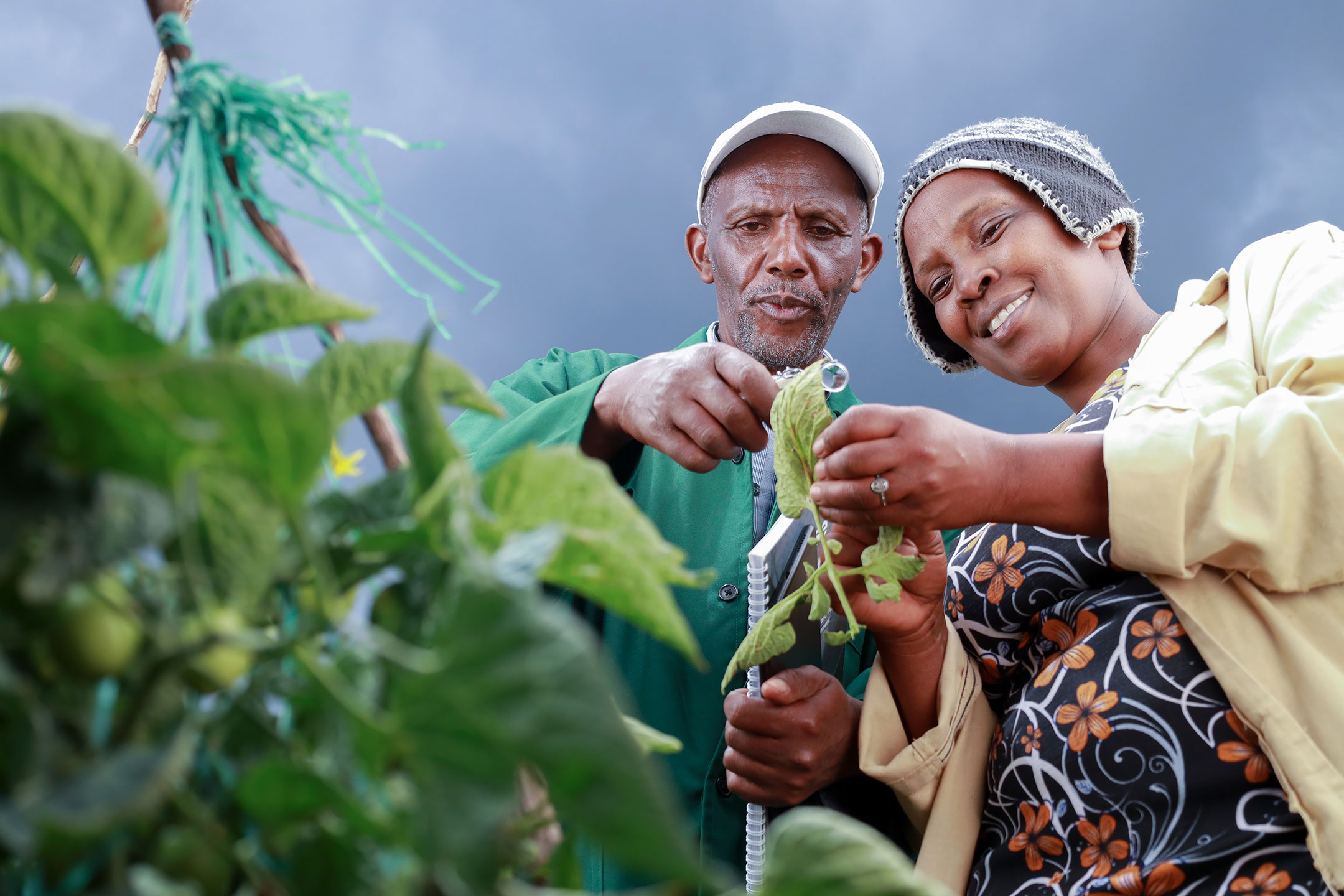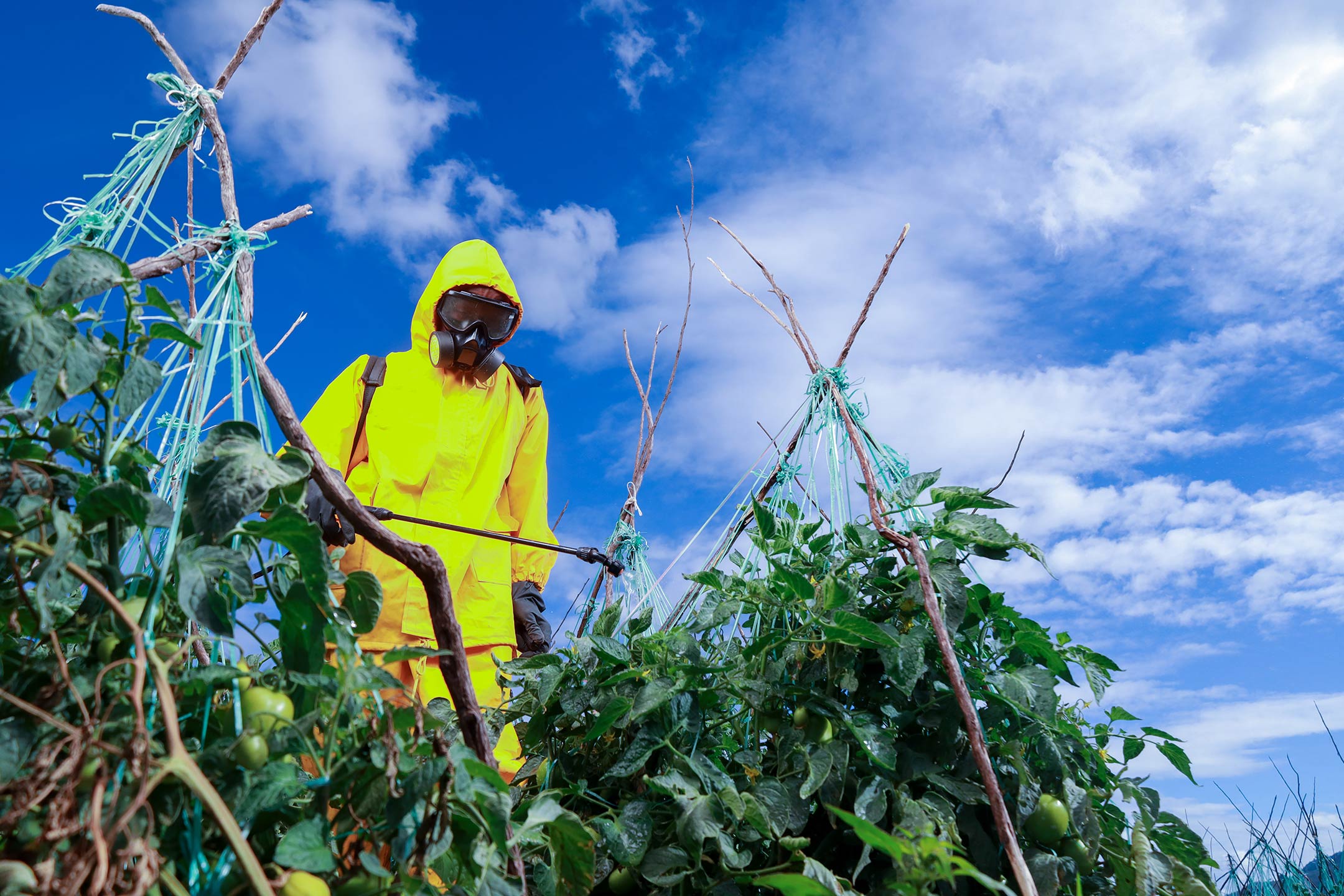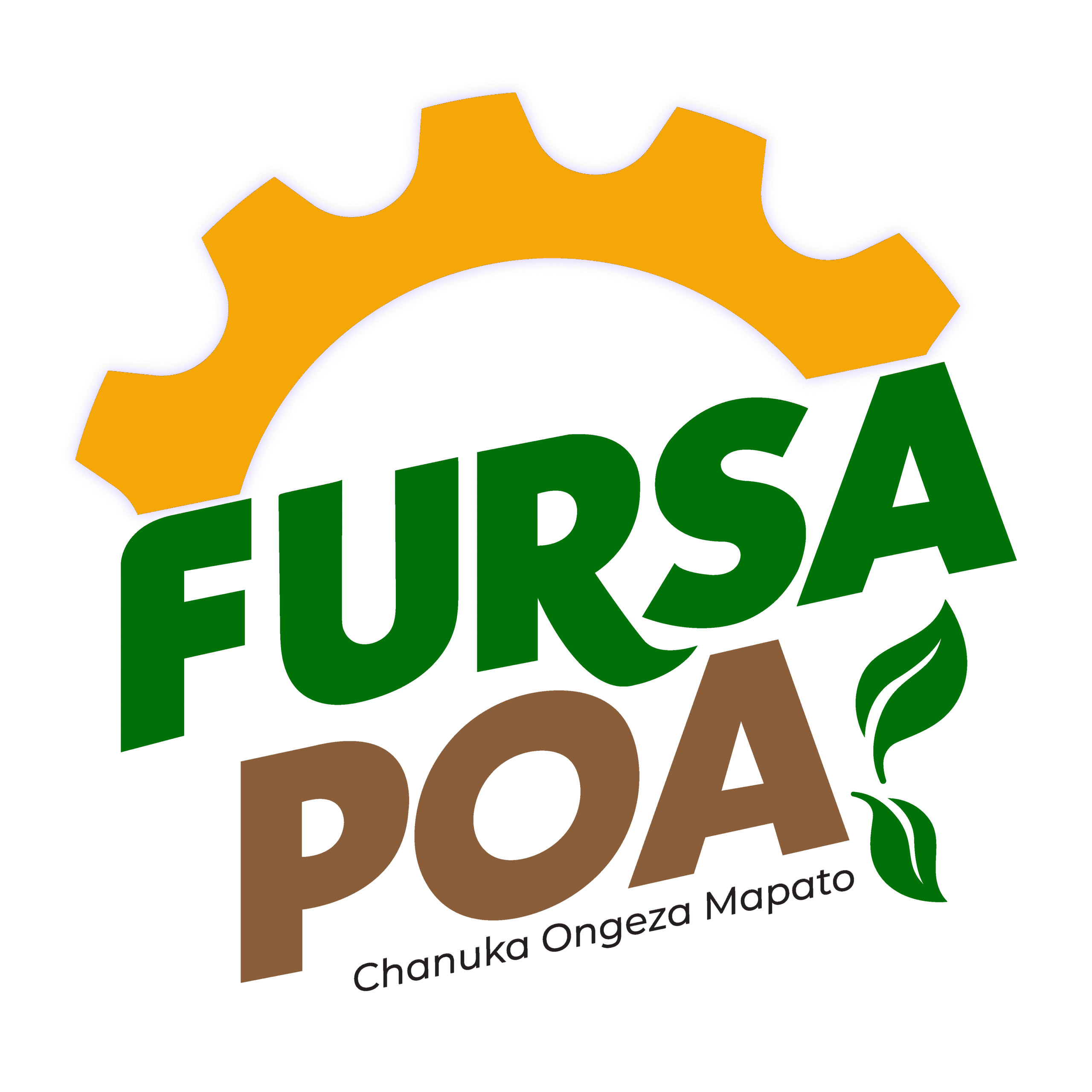Background
Pesticide misuse threatens food safety and environmental sustainability in many low- and middle-income countries. In Kenya, a survey across seven counties revealed major food safety risks linked to farmers’ handling of agricultural chemicals, notably poor adherence to pre-harvest intervals and residue limits. To address these concerns, a formative study was conducted in Nakuru County, a horticultural hub with high pesticide use. The county’s active Food Safety Committee and ongoing pesticide risk reduction efforts provided a conducive setting. This article describes the design and implementation of an SBC strategy aimed at promoting safe pesticide practices among farmers in this critical agricultural region.

Goal
The project aimed to reduce pesticide risks by improving farmer practices, access to information, and consumer demand through behaviour change strategies.
Target Audience
Primary targets were smallholder farmers; secondary included agro-dealers, community members, extension workers; tertiary focused on county and national policymakers.
Implementation
The SBC strategy development followed a structured and participatory process involving training, consultations, field immersion, concept design, and validation. SBC training was conducted for 10 CABI staff to enhance their capacity in SBC principles, strategic communication, and monitoring. Behavior prioritization was jointly undertaken, identifying four key behaviors: safe pesticide use, adoption of safer alternatives, access to reliable information, and ensuring acceptable residue levels.
A formative assessment revealed low Personal Protective Equipment (PPE) use (22.4%), limited knowledge (40.4%), poor access to biopesticides and trained Spray Service Provider (SSPs) and unsafe practices such as inadequate observation of pre-harvest intervals while overuse and incorrect application were common. Field immersions in Nakuru informed the creation of context-specific audience archetypes and the value-based campaign concept dubbed ‘Ukulima True’ (True Farming).
The strategy targeted multiple audiences informed by the socio-ecological model. Interventions included mass media, peer learning, training, community mobilization, town halls, compliance sensitization, policy advocacy, and capacity strengthening to promote safe pesticide use across farmers, agrodealers, communities, traders, and policymakers

Achievements and Results
The “Ukulima True” campaign illustrates the power of participatory, evidence-based SBC strategies in transforming pesticide use practices. Rooted in cultural context and stakeholder engagement, the campaign-built farmer confidence, enhanced trust in SSPs, and encouraged peer learning. Agrodealers improved their advisory roles, while extension agents strengthened support systems. Diverse communication channels and tailored messages contributed to 68% farmer awareness, with lead farmers (83%) and radio (52%) being primary information sources. Key results included a rise in Integrated Pest Management practice use from 85.8% to 97.6%, PPE usage from 22.7% to 50.4%, and calibrated sprayer use from 45.9% to 72.2%. Awareness of pesticide risks increased from 42.9% to 66.8%, pre-harvest interval adherence from 64.2% to 86.4%, and access to reliable information from 40.4% to 71.4%. Use of SSPs grew from 2.7% to 18.6%. These results affirm the campaign’s effectiveness and scalability in advancing safer pesticide practices.
Conclusion
The Ukulima True campaign applied SBC strategies to promote pesticide safety through farmer engagement, peer learning, and culturally resonant multimedia. Trust and accountability grew through farmer-to-farmer learning, while storytelling in local languages deepened connection. Strategic partnerships with county departments and agrodealers amplified reach. Ongoing monitoring, pretesting, and adaptation ensured the campaign remained relevant and effective. This integrated, participatory approach demonstrated a scalable model for improving agricultural practices and safeguarding community health and the environment.

